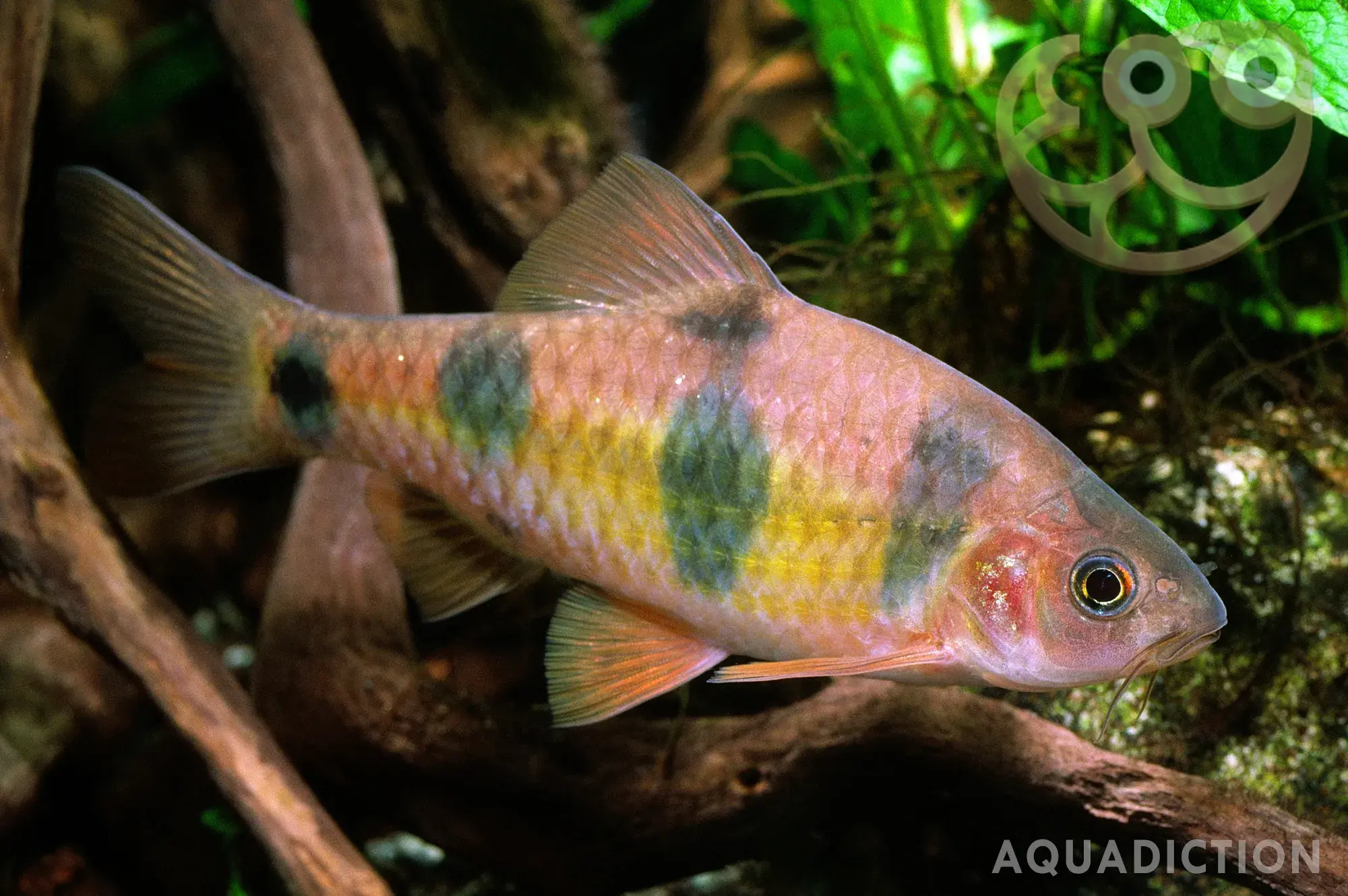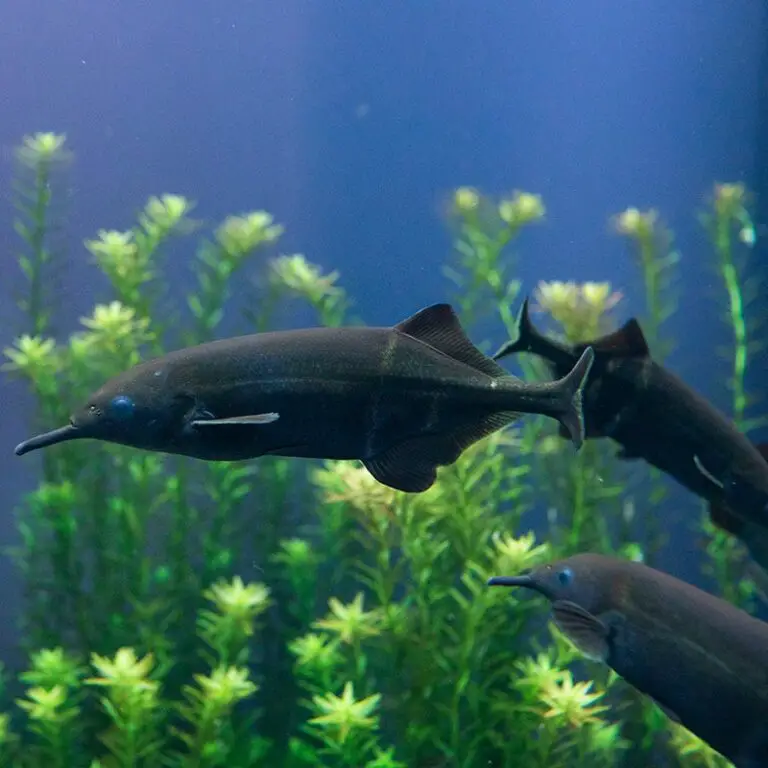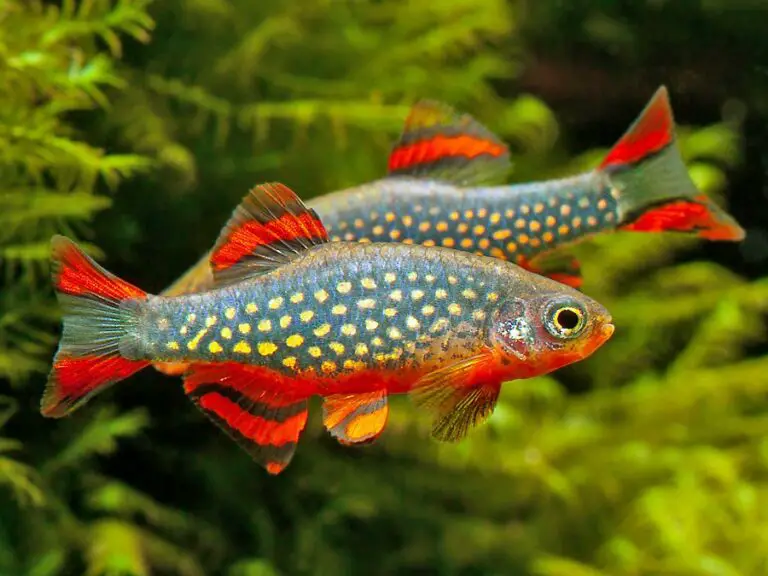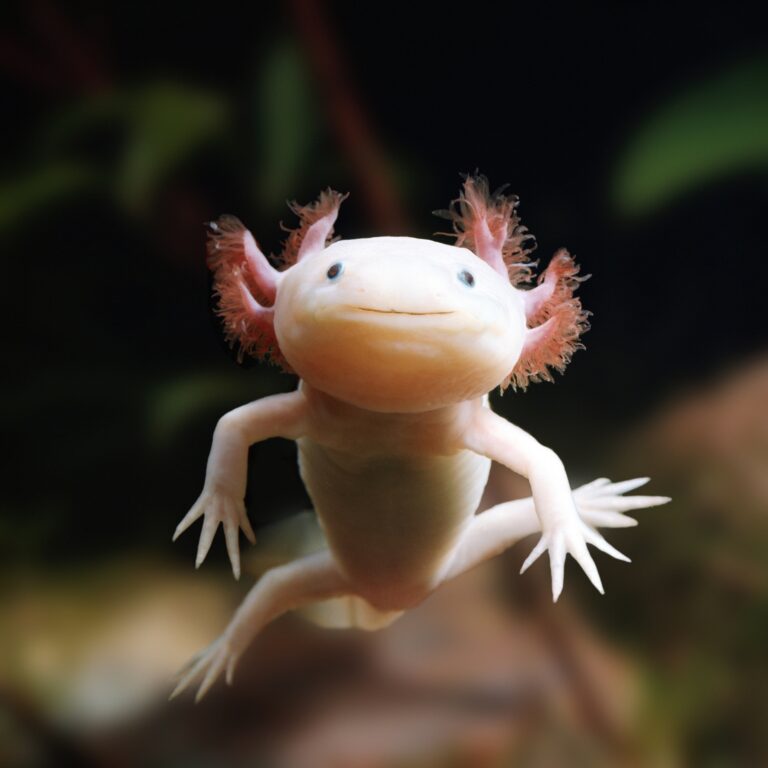Clown Barb Freshwater Fish Profiles: Everything You Need to Know
The clown barb, also known as Puntius anchisporus, is not just another fish in the aquarium trade — it’s a popular choice among hobbyists for its striking colors, energetic demeanor, and relatively low maintenance. Hailing from the swift, clear water streams and riverbanks of Southeast Asia, the clown barb is distinct for its appealing combination of playfulness and elegance. In this detailed profile, we’ll take a deep dive into the world of clown barbs, from their physical characteristics to their ideal habitat and care needs, so that aquarists at every level can make the most of keeping these vibrant creatures.
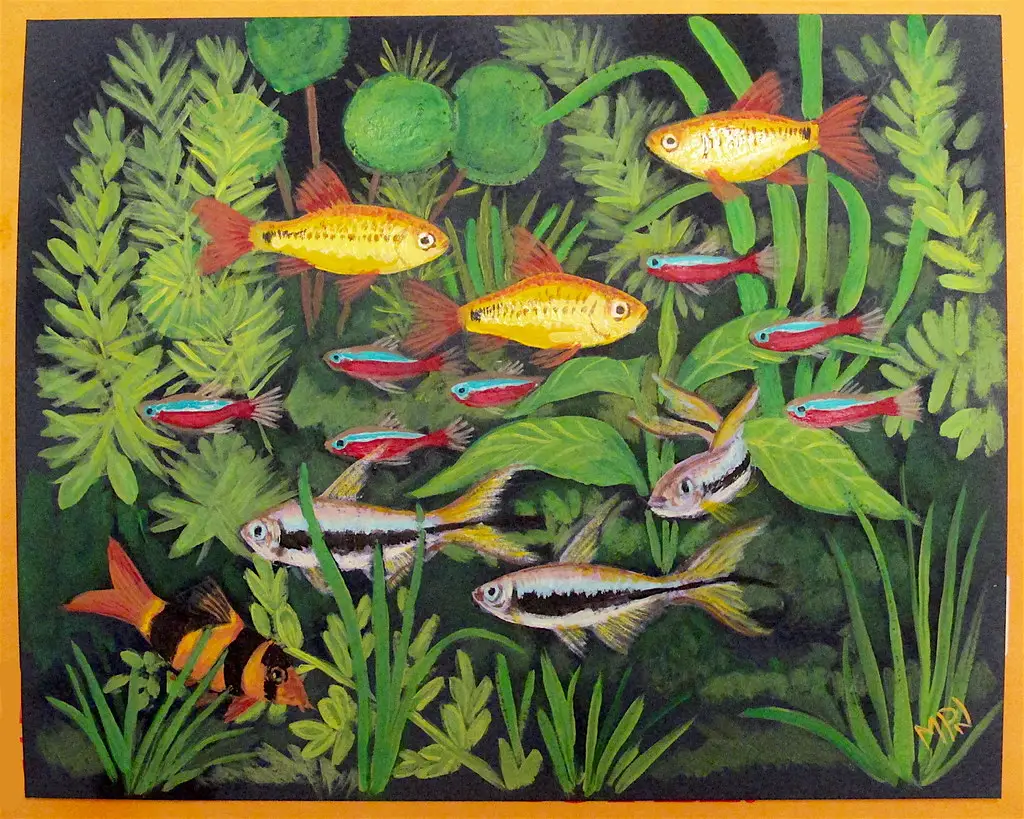
Physical Characteristics
The clown barb is a medium-sized fish with the males boasting colorful, elongated dorsal fins. They typically grow up to six inches in length and exhibit a slender body shape, streamlined for the flow of their native waters. One of their most notable physical features is the black bar that runs from the nostrils to the caudal peduncle, which gives them their name.
Color Variations
Wild clown barbs are typically olive to gold with a sheen of blue and black in their scales. However, captive breeding has led to a variety of color forms, including the ‘green,’ ‘gold,’ ‘albino,’ and ‘red’ variants. The ‘red’ variant particularly stands out with its fiery orange hue. The bold and vibrant colors intensify with age and proper tank conditions, so expect your clown barbs to evolve in beauty over time.
Habitat Requirements
Clown barbs prefer a densely planted tank with plenty of open swimming space. Given that they come from swift rivers, a strong water current and high oxygen levels are vital in replicating their natural habitat.
Tank Size
For a small school of clown barbs, a tank size of at least 30 gallons is recommended. It’s essential to keep in mind that clown barbs are active swimmers and require adequate space to move about freely.
Water Parameters
Maintaining a stable environment is crucial for the health of your clown barbs. They thrive in slightly acidic to neutral water with a pH range of 6.0-7.5 and a temperature between 73-81°F. A water hardness of 5-12 dGH is optimal.
Tank Mates Compatibility
Clown barbs are generally peaceful but quite active, so they do best in a community tank with similar-sized species that share their peaceful nature. Good tank mates include danios, rasboras, and similarly sized peaceful cichlids. Avoid keeping them with fin-nippers and larger, aggressive fish that might perceive their long fins as a target.
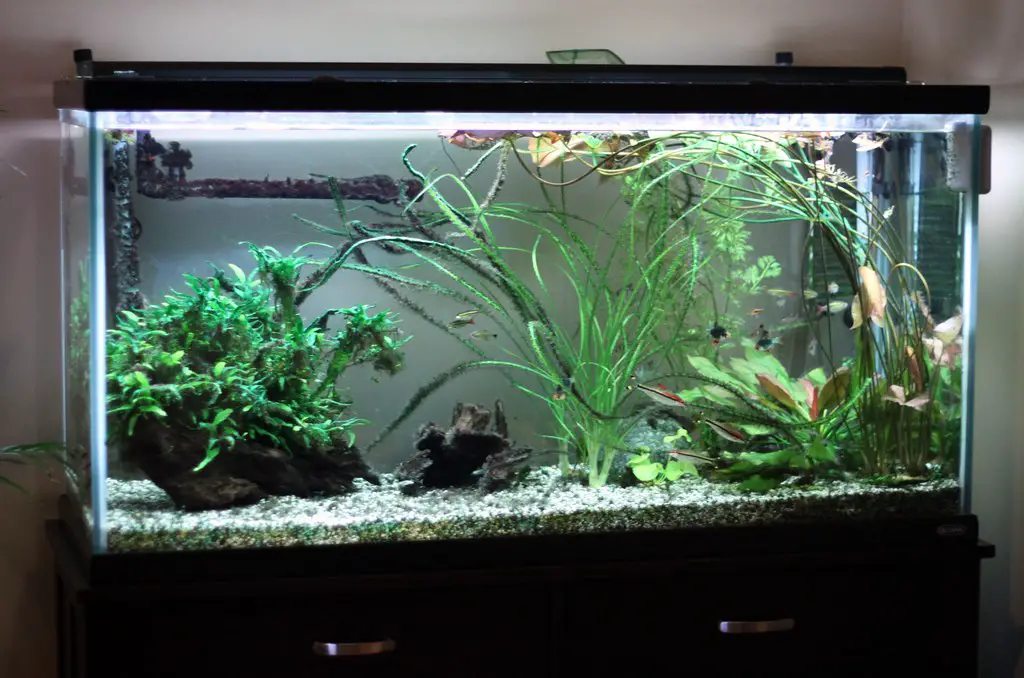
Behavior and Temperament
Clown barbs are known for their inquisitive nature and lively behavior. They are a schooling fish and should be kept in groups of at least six. This will help them feel more secure and display their natural social behavior.
Feeding Habits
They’re not picky eaters and readily consume all types of foods. A varied diet consisting of high-quality flakes, pellets, live foods, and even vegetables will keep them at their healthiest and most colorful.
Breeding Patterns
Clown barbs, like many other barb species, are egg layers and relatively easy to breed in the aquarium. Providing a separate breeding tank with plenty of planting to simulate their natural spawning environment is essential. Breeding pairs should be conditioned with a live or frozen diet, and the temperature of the breeding tank can be slightly raised to trigger spawning.
Maintenance and Care Tips
Clown barbs can be a hardy and long-lived fish if their basic needs are met. Ensuring the correct habitat setup and diet will go a long way in their maintenance and care.
Tank Setup and Decorations
A fine gravel substrate with smooth edges is ideal since they like to forage and sift through the substrate for food. Aim to create a current in the tank with a filter or by using airstones to simulate their natural environment. Ensure there are hiding spots provided by plants and rocks, keeping in mind the need for open swimming spaces.
Feeding Schedule and Diet Recommendations
A good feeding routine for clown barbs includes small amounts of food two to three times a day. It’s best to vary their diet with a mix of live, frozen, and high-quality prepared foods to ensure they’re getting the necessary nutrients and to keep their vibrant colors at their best.
Health Concerns and Common Diseases
A typical strongfish in good water conditions, the clown barb is susceptible to Ich, as are many freshwater aquarium fish. A sudden change in water temperature, poor water quality, or stress can trigger an Ich outbreak. Monitoring their diet, tank conditions, and quarantining new fish before introducing them to the main tank are simple yet important preventive measures.
Conclusion
Clown barbs are an exciting and colorful addition to any freshwater community tank. With their energetic personalities and lively interactions, they can bring a delightful spectacle to your aquascape. By replicating their natural habitat, providing them with suitable tank mates, and maintaining their care, you can enjoy the presence of these dynamic fish for years to come. If you’ve been considering adding clown barbs to your aquarium, follow these care tips, and prepare for an aquatic show like no other.
